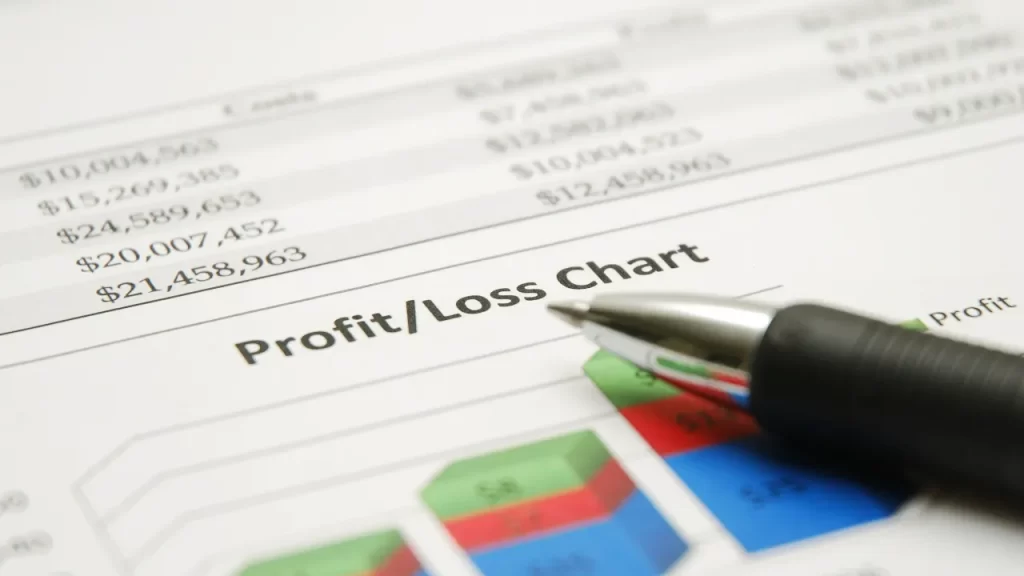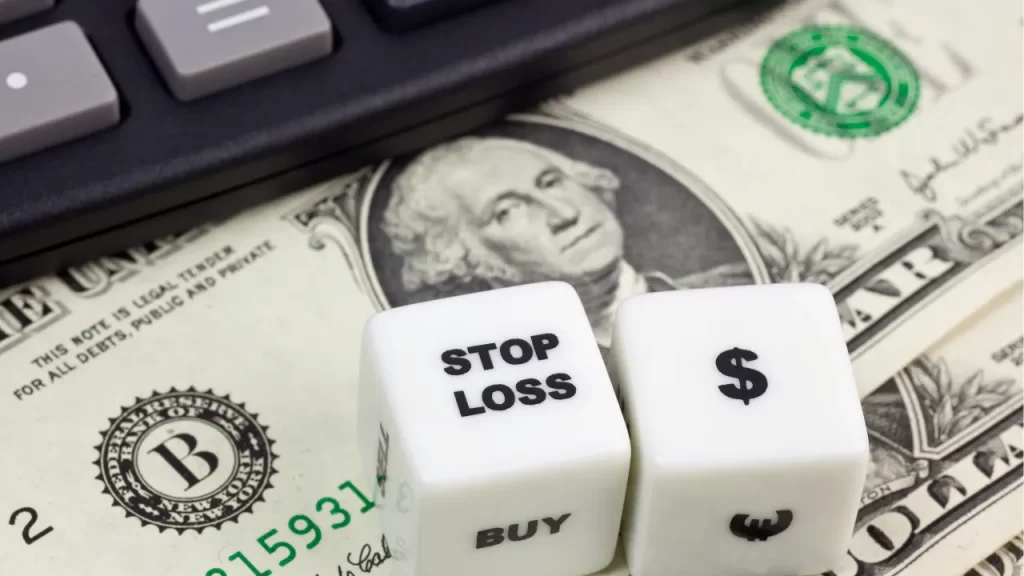In CFD trading, managing risk is just as important as making profitable trades.
One of the most effective ways to protect your capital and maximize gains is by setting stop-loss and take-profit levels.
These tools help traders control their trades, reduce emotional decision-making, and improve overall trading discipline.
In this guide, we will explain what stop-loss and take-profit orders are, why they are essential, and how to set them effectively.

What Is a Stop-Loss Order?
A stop-loss order is a risk management tool that automatically closes a trade when the market reaches a specific price.
Its primary purpose is to limit losses if the trade moves against the trader.
For example, if a trader buys a CFD on gold at $2,000 per ounce, they may set a stop-loss at $1,980 to limit their potential loss to $20 per ounce. If the price falls to $1,980, the stop-loss order will trigger, and the position will be closed automatically.
Why Use a Stop-Loss?
- Prevents large losses by closing the trade at a predefined level.
- Reduces emotional trading by automating risk management.
- Allows traders to step away from the market without constantly monitoring price movements.

What Is a Take-Profit Order?
A take-profit order works in the opposite way—it automatically closes a trade when a set profit target is reached. This ensures that traders lock in gains before the market reverses.
For example, if a trader buys Tesla stock CFDs at $800 and expects the price to rise, they might set a take-profit at $850. If the price reaches $850, the trade closes automatically, securing the profit.
Why Use a Take-Profit?
- Locks in profits before market reversals.
- Eliminates greed by setting realistic profit targets.
- Ensures consistency in trading strategy.

How to Set Effective Stop-Loss and Take-Profit Levels
1. Using the Risk-Reward Ratio
One of the best ways to set stop-loss and take-profit levels is by using a risk-reward ratio. This ratio helps traders determine whether a trade is worth taking by comparing the potential risk to the potential reward.
A common approach is the 1:2 risk-reward ratio, meaning for every $1 of risk, the trader aims to make $2 in profit.
Example:
- A trader buys Bitcoin CFDs at $40,000.
- They set a stop-loss at $39,500 (a $500 risk).
- They set a take-profit at $41,000 (a $1,000 reward).
- The risk-reward ratio is 1:2, meaning the potential profit is twice the potential loss.
This approach ensures that even if only 50% of trades are profitable, the trader can still be profitable overall.
2. Using Technical Support and Resistance Levels
Support and resistance levels are key areas where price movements tend to reverse.
- Stop-loss placement: Below support levels in long (buy) trades and above resistance levels in short (sell) trades.
- Take-profit placement: Just below resistance for long trades and just above support for short trades.
Example:
- A trader buys EUR/USD CFDs at 1.1000.
- The nearest support level is at 1.0950, so they set a stop-loss at 1.0940.
- The nearest resistance level is at 1.1100, so they set a take-profit at 1.1090.
This method aligns risk management with market trends, increasing the chances of success.
3. Using ATR (Average True Range) for Volatility-Based Stop-Losses
The Average True Range (ATR) measures market volatility. Traders can use it to set dynamic stop-loss levels based on recent price movements.
How to Use ATR:
- If the ATR value is 50 pips, a trader may set a stop-loss 1.5x ATR away from the entry price.
- This means placing the stop 75 pips away from the entry point, allowing for natural market fluctuations.
ATR-based stop-losses help traders avoid getting stopped out by normal market noise.
4. Using Moving Averages to Set Stop-Loss and Take-Profit
- Stop-loss placement: Below the 50-day or 200-day moving average for long trades.
- Take-profit placement: Near major price resistance levels aligned with moving averages.
For example, if the S&P 500 index CFD is trading at 4,000, and the 50-day moving average is at 3,950, a trader may place a stop-loss just below 3,950 to reduce downside risk.

Mistakes to Avoid When Setting Stop-Loss and Take-Profit Levels
1. Placing Stop-Losses Too Tight
Many traders set stop-loss levels too close to the entry prices, resulting in frequent stop-outs from normal market fluctuations.
Solution: Use ATR or support/resistance levels to place stops at reasonable distances.
2. Ignoring Take-Profit Levels
Greedy traders often fail to set take-profit targets, hoping for unlimited profits. This can lead to losing unrealized gains when the market reverses.
Solution: Always define a realistic take-profit target before opening a trade.
3. Moving Stop-Losses Emotionally
Some traders widen their stop-loss when a trade moves against them, hoping the market will recover. This often leads to larger-than-expected losses.
Solution: Stick to the initial stop-loss strategy and avoid emotional adjustments.
4. Using the Same Stop-Loss for All Trades
Different assets have different volatility levels. A one-size-fits-all stop-loss approach doesn’t work.
Solution: Adjust stop-loss levels based on the volatility of each asset (e.g., using ATR).
Conclusion
Setting stop-loss and take-profit levels is essential for successful CFD trading. These risk management tools help traders limit losses, lock in profits, and trade with confidence.






